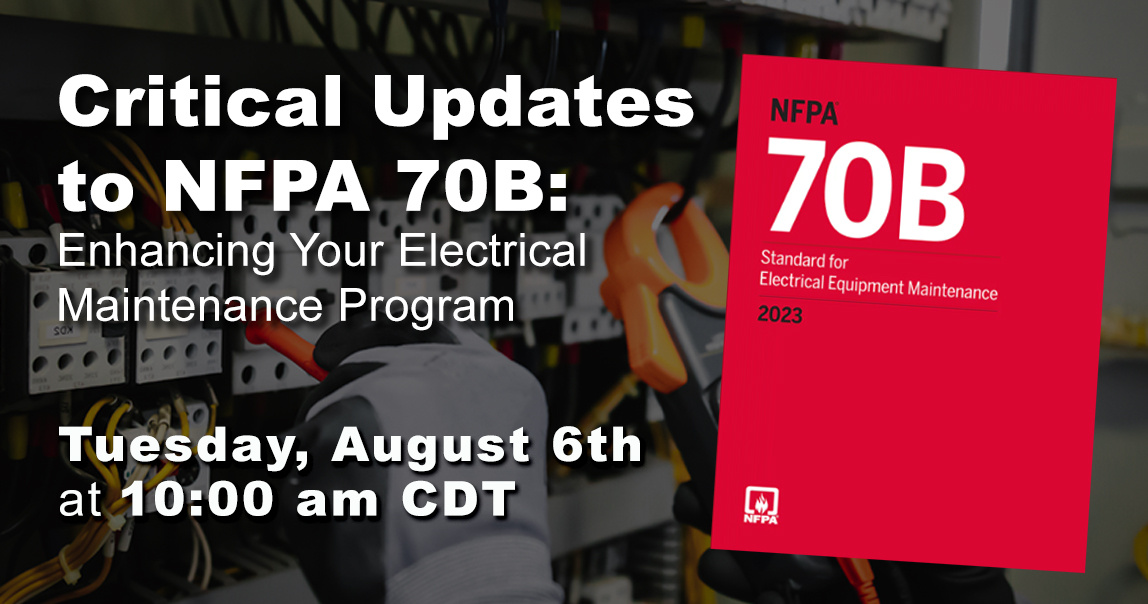A Deep Dive into Preventative and Predictive Maintenance Solutions
Industrial electrical systems are the backbone of any manufacturing or processing plant. Still, they are also susceptible to various failures that can disrupt operations and incur heavy financial losses. Understanding these failures and implementing robust maintenance strategies are crucial to minimizing downtime and enhancing operational efficiency.
In this blog, we will explore the top 10 causes of industrial electrical failures and discuss how advanced maintenance strategies, like those offered by GraceSense, can mitigate these risks.
Understanding Electrical Failures by Cause
- Loose Connections/Parts (30.3%): Loose connections are often due to vibration, thermal expansion, and poor installation. They can lead to higher resistance at connections, generating excessive heat that damages equipment.
- Moisture (17.4%): Moisture can cause corrosion and insulation failure, leading to short circuits. Regular enclosure checks and using appropriate sealing can prevent moisture ingress.
- Line Disturbance (10.4%, excluding lightning): Voltage fluctuations and transients can stress electrical components. Installing surge protectors and voltage regulators can help manage these disturbances.
- Defective/Inadequate Insulation (9.9%): Insulation breakdown can be caused by aging, heat, or mechanical damage. Regular insulation resistance tests can detect early signs of failure.
- Lightning (8.1%): Lightning strikes can cause immediate and catastrophic failures. Lightning arrestors and proper grounding are essential in lightning-prone areas.
- Foreign Objects/Short-circuiting (7.3%): Debris and contaminants can cause short circuits. Keeping enclosures clean and sealed against environmental contaminants is critical.
- Collision (3.9%): Physical impacts can damage components and lead to failures. Protective barriers and strategic placement of delicate equipment can reduce this risk.
- Overloading/Inadequate Capacity (2.4%): Overloading circuits can lead to overheating and failure. Proper system design and regular load monitoring are necessary to prevent overloading.
- Accumulation of Dust, Dirt, & Oil (2.2%): These contaminants can lead to overheating and reduced efficiency. Scheduled cleaning and using dust and oil-proof enclosures can mitigate these issues.
- Other Causes (8.1%): Miscellaneous causes include design flaws, manufacturing defects, and operational errors. Continuous training and adherence to standards can help minimize these issues.

The Nuances of Preventative Maintenance
Preventative maintenance is a cornerstone of modern industrial operations, designed to keep equipment running within the specified limits by conducting scheduled inspections and maintenance. This approach relies heavily on historical data and manufacturer recommendations to schedule services before breakdowns are likely.
This maintenance strategy is akin to changing the oil in your car every 5,000 miles, regardless of whether signs of trouble are evident. While this can maintain high levels of operational reliability, preventative maintenance doesn't account for the anomalies or deviations in equipment usage that might accelerate wear and tear.

Transformative Potential of Predictive Maintenance
Predictive maintenance transforms the maintenance strategy from scheduled to condition-based. Continuous thermal monitoring (CTM) and vibration analysis monitor equipment performance in real-time. By doing so, maintenance efforts can be precisely targeted. For example, vibration analysis can detect unusual patterns that precede failures, such as imbalances, misalignments, or bearing defects.
CTM provides ongoing surveillance of equipment temperatures using advanced sensor technologies. This method is crucial in identifying hot spots and abnormal heat patterns in electrical systems, mechanical equipment, or structural components. By continuously measuring and analyzing temperature data, CTM helps predict potential failures and prevent downtime caused by overheating.
This proactive approach is often used in industries such as manufacturing, energy, and telecommunications, where equipment reliability is critical. CTM systems typically integrate with predictive maintenance programs, enhancing operational efficiency and safety by allowing timely interventions before failures occur.
This real-time monitoring allows for the repair or replacement of parts only when necessary, potentially reducing maintenance costs by avoiding unnecessary inspections and minimizing downtime by addressing issues before they lead to failure.

GraceSense Innovations
- Hot Spot Monitor: This device excels in CTM, a critical aspect of predictive maintenance. It allows facilities to monitor the temperature of electrical components constantly, not just during periodic checks. This continuous monitoring can catch overheating before it leads to a system failure. Because it uses fiber optic technology, it does so without posing a risk of electrical interference or hazards.
- Predictive Maintenance System: This system represents a leap in maintenance technology by integrating various sensor inputs, including temperature and vibration. It can analyze data from these sensors to predict more accurately when equipment will need service. This capability enables maintenance to be scheduled at optimal times, reducing downtime and the expense of running diagnostics.
A Strategic Approach for Modern Industries
By integrating predictive maintenance technologies like those offered by GraceSense, industries can shift from a reactive to a proactive maintenance strategy. This shift not only enhances the reliability of electrical systems but also brings significant cost efficiency and dynamic maintenance scheduling into play.
This strategic approach ensures that maintenance budgets are spent wisely and that equipment downtime is minimized, improving overall operational effectiveness.
Those interested in deeper insights into optimizing their maintenance strategies with GraceSense technology should consider exploring its potential and applications.
This comprehensive approach to maintenance is not just about preventing failure; it's about empowering businesses to predict and act, ensuring they can achieve the highest operational efficiency and reliability standards.
For more insights and to explore detailed case studies, download our comprehensive eBook.


Join us for an insightful webinar on "Critical Updates to NFPA 70B: Enhancing Your Electrical Maintenance Program" with Terry Becker, a leading expert in electrical safety. Discover the key changes to NFPA 70B, learn how to apply a qualitative risk assessment matrix, and explore methods to prioritize and schedule inspection and testing procedures.
Don't miss this opportunity to enhance your electrical maintenance strategy and ensure comprehensive compliance. Register now to gain invaluable insights from an industry authority!

